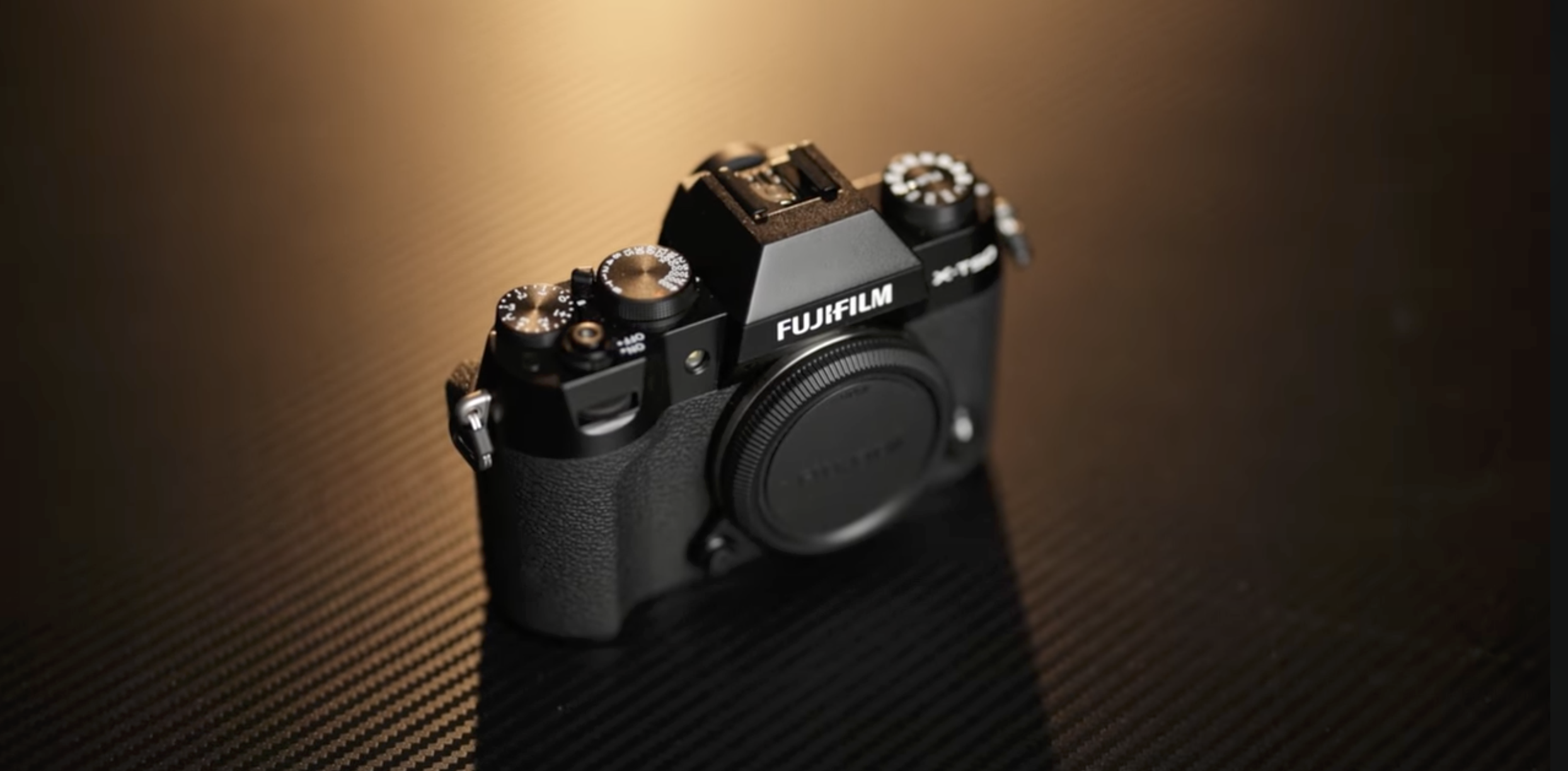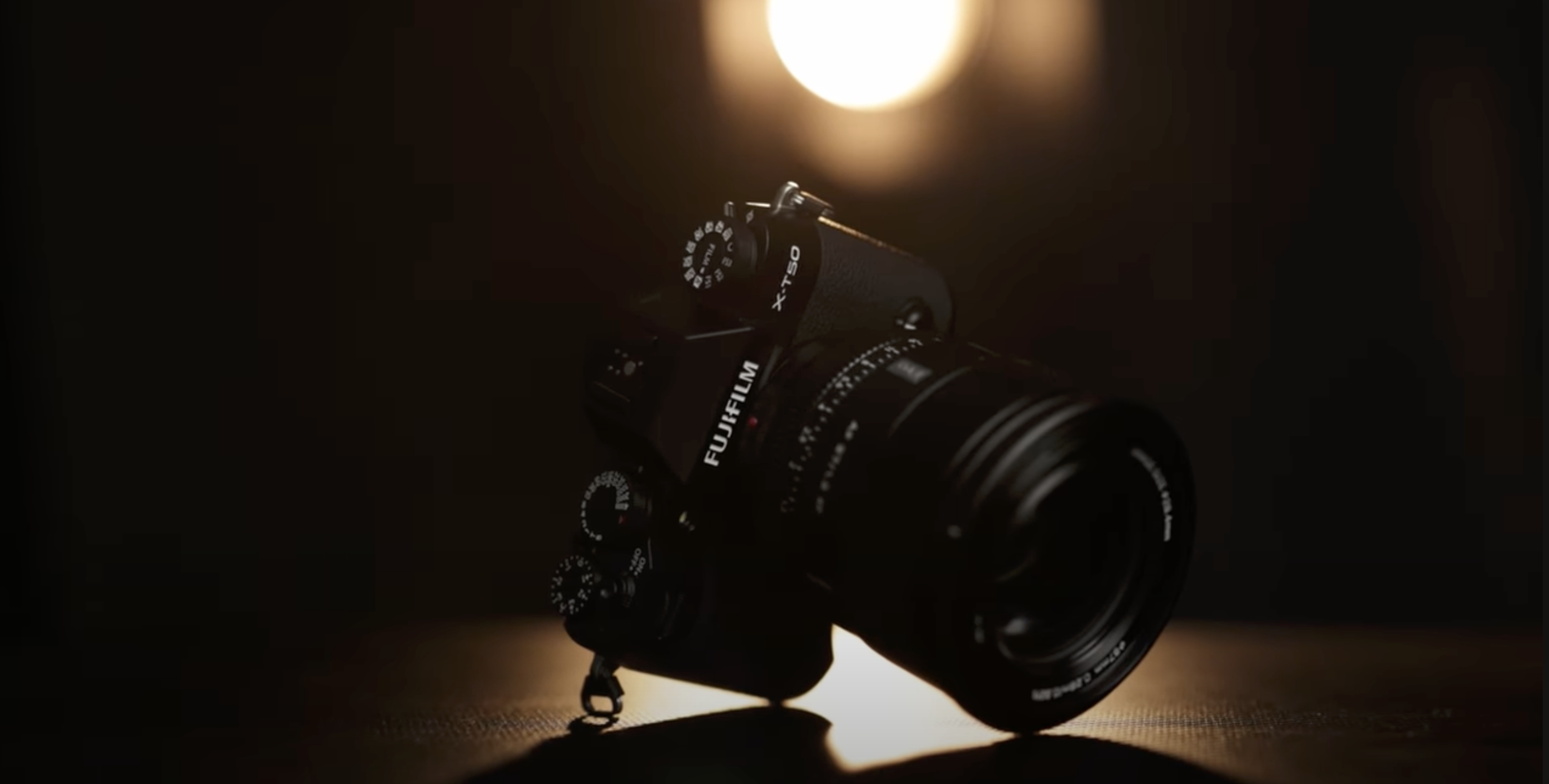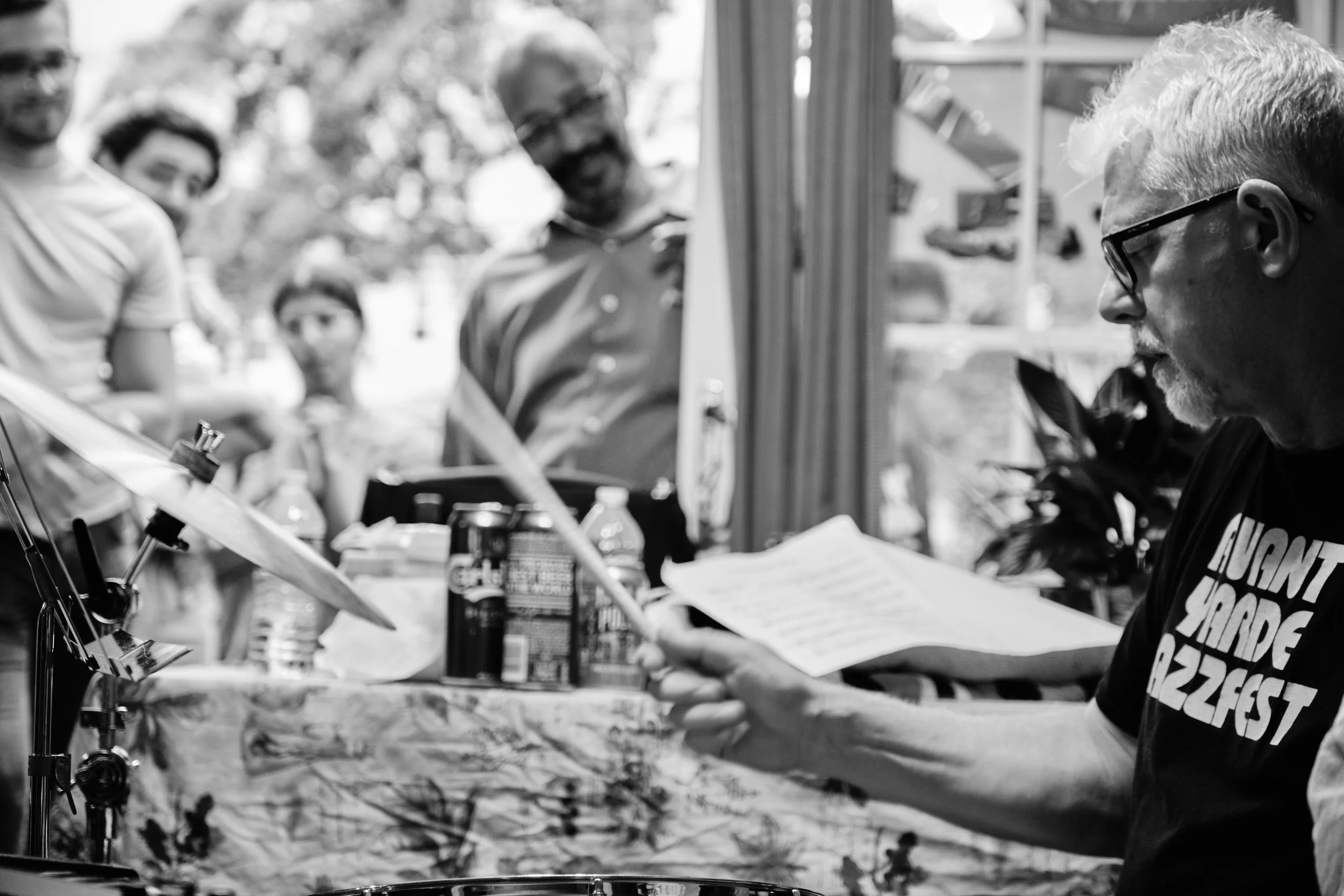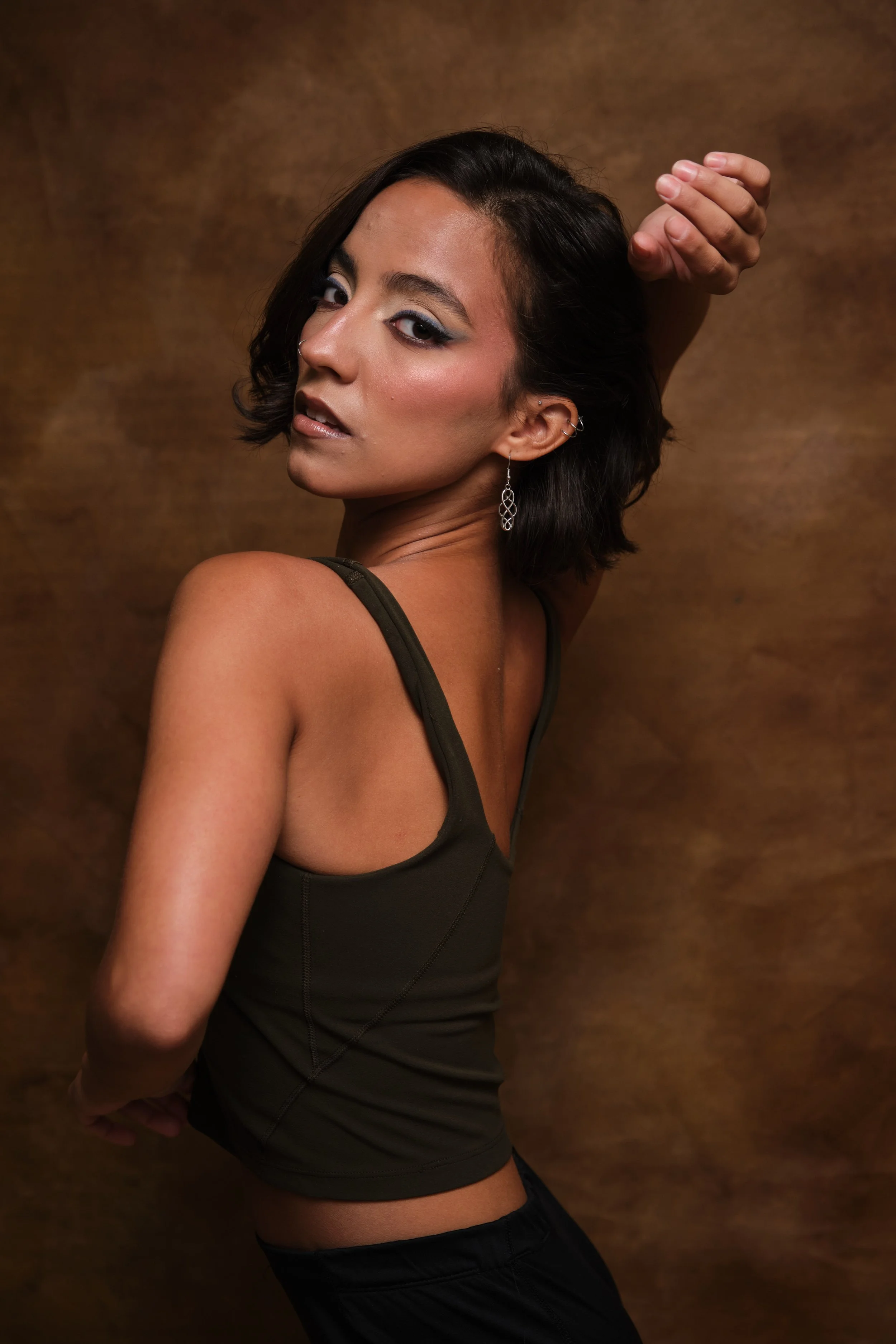Fujifilm X-T50 Review: A Compact Powerhouse with a Few Caveats
The Fujifilm X-T50 is one of those cameras you really just have to try yourself to understand. It’s feature-packed for a compact camera, but the $1,499 price point is a major turnoff for some people—especially since the Fujifilm X-T5 can be had for just a couple hundred bucks more. When I first learned about this camera, I thought the same thing that many others did: Why not just buy an X-T5?
The Fujifilm X-T50
Introduction
Today, we’re talking all about the new Fujifilm X-T50 camera, the latest compact powerhouse XF interchangeable lens camera from Fujifilm.
The compact Fujifilm X-T50 Mirrorless Camera
Fujifilm X-T50 Overview
The Fujifilm X-T50 is Fuji’s latest compact mirrorless camera and is the direct replacement for the Fujifilm X-T30. In truth, it’s a scaled-down version of the X-T5 that’s quite a bit more compact, but it’s missing some key features. However, it does share many of the X-T5 specs, the most notable being the X-Trans CMOS 5 40-megapixel sensor, the X-T5's autofocus system, and Fuji’s beloved film simulations.
The X-T50 also has in-body image stabilization (IBIS), although the X-T5 system is slightly more advanced and offers one more stop of stabilization. There are some other key differences, but we’ll dive into those a bit later.
When I got my hands on a loaner X-T50 for review (thanks to my friends at B&H Photo), I was ready to write it off as a family and vacation camera for people who just like to shoot in auto mode. But after using it for several photo shoots, I began to realize that the little X-T50 is so much more than it seems. I have to say, Fujifilm has done a tremendous job with this particular camera.
First Impressions
The first thing you’ll notice about the X-T50 is how tiny it is. Fuji also ditched the squared-off edges of older models in favor of a more rounded look, which makes it appear and feel a little smaller. Despite this, the X-T50 has a surprisingly comfortable grip. Even with a larger lens attached, the camera still feels good and has excellent balance.
Design and Build Quality
The retro design and the dials make this the perfect camera for manual shooting. However, for those who prefer auto shooting, dialing in the ISO via one of the command dials was simple enough, since this camera doesn’t have a dedicated ISO dial.
The craftsmanship overall is excellent—it feels solid, well-machined, and high-quality for a tiny prosumer camera. One feature that’s a bit controversial is the film simulation dial, but it’s grown on me. I enjoy being able to quickly scroll to my favorite film simulations without needing to press any buttons.
Fujifilm X-T50
What’s Missing?
There are a few downsides. One gripe I have with Fujifilm is the lack of consistency from one camera to another in terms of menu and button layout. This makes it more complicated than it needs to be if you go from one model to another or buy a second model as a backup for your system.
Also missing on the X-T50 is a dedicated stills/movie switch. The movie mode has to be accessed via the drive mode button. You can map a button to start movie recording, but nothing beats a toggle switch like you’ll find on the X-T5 and other models.
The X-T50 has a two-way tilt screen instead of a three-way tilt screen like the X-T5. Other notable differences include the lack of a second card slot, no D-pad, and a lower resolution electronic viewfinder (EVF), which does take away from the overall shooting experience.
A portrait taken with the Fujifilm X-T50
A portrait taken with the Fujifilm X-T50
The Sensor and Image Quality
The most important part of this camera, in my opinion, is the sensor. I’ve been a huge fan of Fuji’s 40-megapixel sensor since it was introduced, and I continue to be impressed with the image quality from the X-T50. The images are insanely detailed and have an excellent amount of dynamic range, which is great for those like me who shoot in RAW most of the time.
The files are beautiful, and honestly, I love the images I’ve created with this camera—especially when using my favorite film simulations. The fact that this camera can produce images like this is really incredible.
Autofocus Performance
The X-T50’s autofocus is on par with the X-T5. It’s good but not going to knock your socks off. It’s not as good as a high-end Canon or Sony camera, so don’t expect it to be. I found that the AF struggled most with backlit situations, where it had difficulty locking on to my subject.
In most normal situations, the AF was pretty snappy and responsive. However, I did not test it for sports, so my experience is based on portraiture, street photography, kids' photos, and concert photography.
I used face and eye detection but found that the best way to use this camera was to choose a single focusing point, set it to AFS, and manually aim the point where I wanted it. This way, if I was shooting two or three people at a wide-open aperture, I could easily choose the person I wanted to focus on without needing to scroll from one face to another.
Street portrait with the Fujifilm X-t50
Final Thoughts
The Fujifilm X-T50 is one of those cameras you really need to try to understand. On paper, it has excellent specs, but the price point is certainly a barrier to entry because you can have an X-T5 for just a few hundred dollars more.
Although the X-T50 misses some features that a pro would need, like dual card slots, it’s so much more than just an updated X-T30. The X-T50 stands on its own, and I have no doubt that those who decide to purchase this camera are going to quickly fall in love with it like I did.
That’s all I have for you today! I hope you found this review helpful. Special thanks to B&H Photo in New York for loaning me the X-T50 for review.










